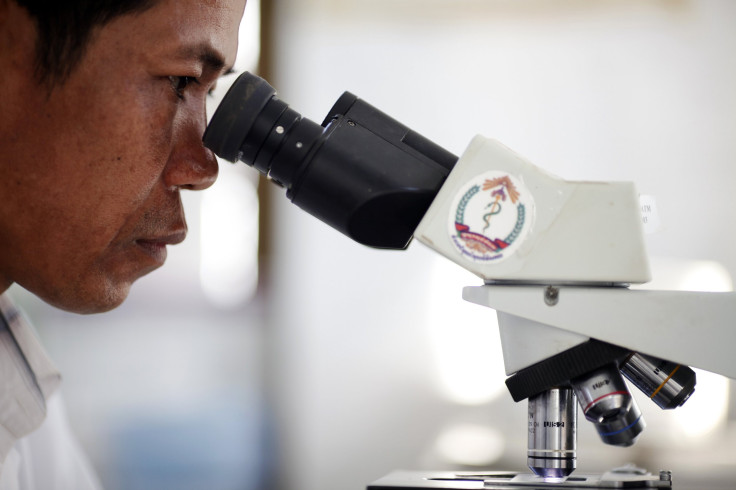Researchers find compound used in crime scenes could kill malaria parasite

Researchers found the glowing compound used by detectives to trace blood at crime scenes could help kill parasites that cause malaria, according to a new study. The luminol, that glows to blue when sprayed to blood and encounters the haemoglobin, is now in process for production of a new medicine for future human consumption to clear malaria parasite.
In the study published in the journal eLife, researchers combined luminol with the most commonly used antimalarial drug called artemisinin to prevent malaria parasites from mutating. The World Health Organisation advised artemisinin should only be used in combination with other treatments because the parasite is becoming resistant to it. So researchers developed a treatment with luminol to target proteins made by human red blood cells that the parasite can’t mutate.
The researchers found the glow of the luminol compound could mitigate the infection in the human red blood cells. The new approach would give an advantage over current malaria treatments that are now less effective because the parasite mutates, according to the study.
“The light that luminol emits is enhanced by the antimalarial drug artemisinin” and researchers suggest the agents “could be combined to form an innovative treatment for malaria,” said senior author Daniel Goldberg, professor of medicine and molecular microbiology at Washington University in the United States.
In addition to the tests, researcher studied the heme, a deep red, non-protein part of hemoglobin that carries oxygen, and also essential to the survival of malaria parasite. It was explored to provide better understanding on how the parasite survives from other treatments.
Researchers worked with the infected red blood cells with an unusual amino acid and used the luminol’s glow to trigger the chemical. The process led to the build-up of the molecule called protoporphyrin IX that kills the parasite by emitting dangerous, chemically reactive compounds called free radicals when exposed to light.
In the future, the research team will test the approach in animal studies to prove the benefit of the new treatment. However, malaria has already infected 198 million people and killed 584,000 in 2013, the majority were African children, according to the WHO.
“All of these agents—the amino acid, the luminol and artemisinin—have been cleared for use in humans individually, so we are optimistic that they won’t present any safety problems together,” Goldberg said, and added the new treatment could be “promising” for a “devastating disease.”
Contact the writer at feedback@ibtimes.com.au or tell us what you think below





















